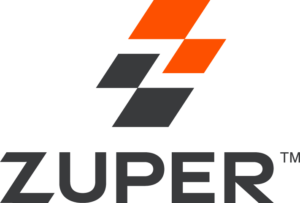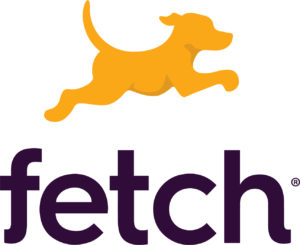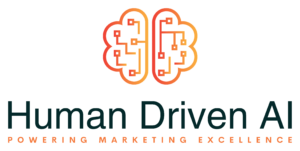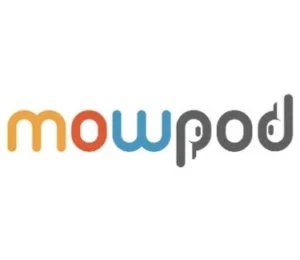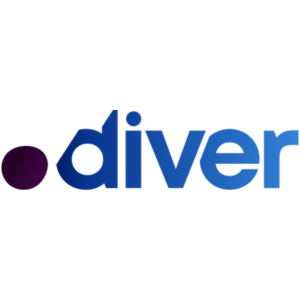How to collect marketing signal data?
Ross Gates & Bryan Colligan
Gravity

- Part 1What is the marketing signal?
- Part 2Why the most powerful companies are signal companies?
- Part 3 How to collect marketing signal data?
- Part 4The power and problem with marketing signals?
- Part 5Building marketing signal feedback loops
Show Notes
Quotes
-
“Based on how much money you are willing to spend and how many signals there are two ways to collect these types of signals. If you’re only getting a little, you should buy them. That’s why doing a Facebook or Google campaign and spending $20 a day is a great way to collect the signals to see if you should even double down on running a campaign.” -Guest 1 “Buying a signal is where you pay for access to another person’s audience and through the mass amount of traffic in that audience, you can infer who inthat audience cares about your product based on the ads that you put in front of them.” -Guest 2“Building a signal is building something into your website or even buying a platform like a blog or a community where you curate content and people come to that for free and now because you own the platform you can infer what people want from what they’re interacting with.” -Guest 2“The price of emails and the advantage of doing outbound email campaigns over the last five years has tremendously shrunk. So if you are out there scraping, people understand how to scrape now and there is a lot more competition, eventually, you’re going to have ti build a community, build it in your product and find media publications that you need to interact with such as the MarTech podcast and there have been interesting purchases that have happened recently.” -Guest 1“I got a knock on wood to say that if you build an audience and you make it valuable, that some large company is going to come and acquire your assets.” -Ben“Because these large companies want exclusive data and because if everyone has the same sources of data to scrape and you make your podcast or whatever it is, really hard to scrape, then you have an exclusive signal that gives you a data advantage.” -Guest 2 “There are thousands of people that are selling B2B leads on LinkedIn. It’s really an arms race and people are figuring out how to do this on an individual basis. What ends up happening over time, this list gets unruly and you have a lot of duplicated data.” -Guest 1 “Once you hit 5 to 7 salespeople, you need a programmatic solution that will continually feed 300 to 700 leads and good leads every single month for these salespeople. If you don’t have marketing operations, your sales team is just cannibalizing each other’s introduction.” -Guest 1 “When you’re scaling it’s not really that you’re changing your data source. If you can buy a little bit of data or you can buy a lot but the scaling has to do with when you get more, how do you ingest that data into your CRMs so that you can keep track of it because we’re talking about the difference between data and signal.” -Guest 2“You can have all the data but how do you prepare to the data that you have last month so you know what’s changed and what you should reach out to and what you should act on for a conversation.” -Guest 2“There’s a couple of different components here that you are talking about. One that data collection piece. At some point, you have to scale the data collection operation and doing it manually but that can be a painful process at scale. Two, there is the data cleanliness and making sure that your data is real-time and up-to-date and three, there is the feeding data into your CRM and making sure that your company knows howto operate on that data.” -Ben“What happened when I was telling the list, every single day 200 to 300 people on the list of emails went from valid to invalid and it meant that they are changing jobs. So the most valuable time I ever had with the list was when I first originally had it and then it just atrophies over time.” -Guest 1 “So 100,000 people and on a daily basis, you were seeing 200 to 300 emails atrophy. If I’m doing the math right, that’s from 0.2 to 0.3% so, after certain days, your listshould totally atrophy. -Ben “The list will atrophy in 3 years. The average person will change their job within 18 months which means that every month, about 5% of the workforce is changing their job. If you have a database worth a million dollars, every single month you are losing 50,000 with the value from that database.” -Guest 2“You have to consider how long you want your company to exist and then act on that. There are companies that have gone out and then straight up we scraped everything up from LinkedIn and we’re proud of it and LinkedIn sues them out of existence.” -Guest 2“If you look at the fastest growing companies in Silicon Valley, they were all doing this type of approach. If you look at Airbnb, they used Craigslist and people that were coasting short-term rentalslist as a signal and they emailed everybody on Craigslist on the short-term rentals and said, hey we can get you, renters, in your apartment on Airbnb and Facebook also used to get all the emails from the Harvard list. It is a growth hack” -Guest 1 “I can’t tell you our secret sauce what I can tell you is we have five different sources of data that we correlate together and we angle to make sure that it’s clean and up-to-date.” -Guest 1“It’s also based on job changes. That’s what you want to know, the changes with someone and why you can do it once a month is if you have 100,000 people and you’re reaching out to them when you update the data it is the most valuable it is going to be. So you focus your sales team on what was just updated because that’sa reason to start a conversation.” -Guest 2 “To backward calculate, if you want to reach out to 200 people a month and 5% of people are changing jobs every month, then you have to reach out to 4,000 people every single month just to find these 200 people a month.” -Guest 2
- Part 1What is the marketing signal?
- Part 2Why the most powerful companies are signal companies?
- Part 3 How to collect marketing signal data?
- Part 4The power and problem with marketing signals?
- Part 5Building marketing signal feedback loops
Up Next:
-
Part 1What is the marketing signal?
This week we're going to talk about understanding your consumers mindset through marketing signals. Joining us are Ross Gates and Bryan Colligan, the Co-Founders of Gravity, which is a series of audience monitoring solutions that enables brands to find real time buying intent signals like fundraising, status, job changes, and various other real time data points. In part 1 of our conversation we discuss what is the marketing signal.
Play Podcast -
Part 2Why the most powerful companies are signal companies?
This week we're going to talk about understanding your consumers mindset through marketing signals. Joining us are Ross Gates and Bryan Colligan, the Co-Founders of Gravity, which is a series of audience monitoring solutions that enables brands to find real time buying intent signals like fundraising, status, job changes, and various other real time data points. In part 2 of our conversation, we discuss why the most powerful companies are signal companies.
Play Podcast -
Part 3How to collect marketing signal data?
This week we're going to talk about understanding your consumers mindset through marketing signals. Joining us are Ross Gates and Bryan Colligan, the Co-Founders of Gravity, which is a series of audience monitoring solutions that enables brands to find real time buying intent signals like fundraising, status, job changes, and various other real time data points. In part 3 of our conversation we discuss how to collect marketing signal data.
-
Part 4The power and problem with marketing signals?
This week we're going to talk about understanding your consumers mindset through marketing signals. Joining us are Ross Gates and Bryan Colligan, the Co-Founders of Gravity, which is a series of audience monitoring solutions that enables brands to find real time buying intent signals like fundraising, status, job changes, and various other real time data points. In part 4 of our conversation, we discuss the power and problem with marketing signals.
Play Podcast -
Part 5Building marketing signal feedback loops
This week we're going to talk about understanding your consumers mindset through marketing signals. Joining us are Ross Gates and Bryan Colligan, the Co-Founders of Gravity, which is a series of audience monitoring solutions that enables brands to find real time buying intent signals like fundraising, status, job changes, and various other real time data points. In last part of our conversation, we discuss building marketing signal feedback loops.
Play Podcast




